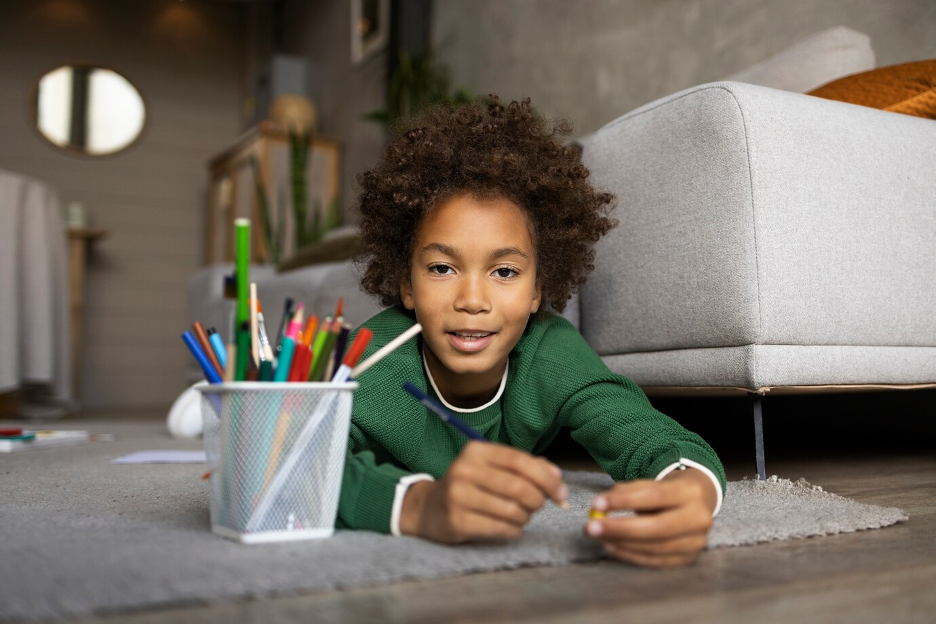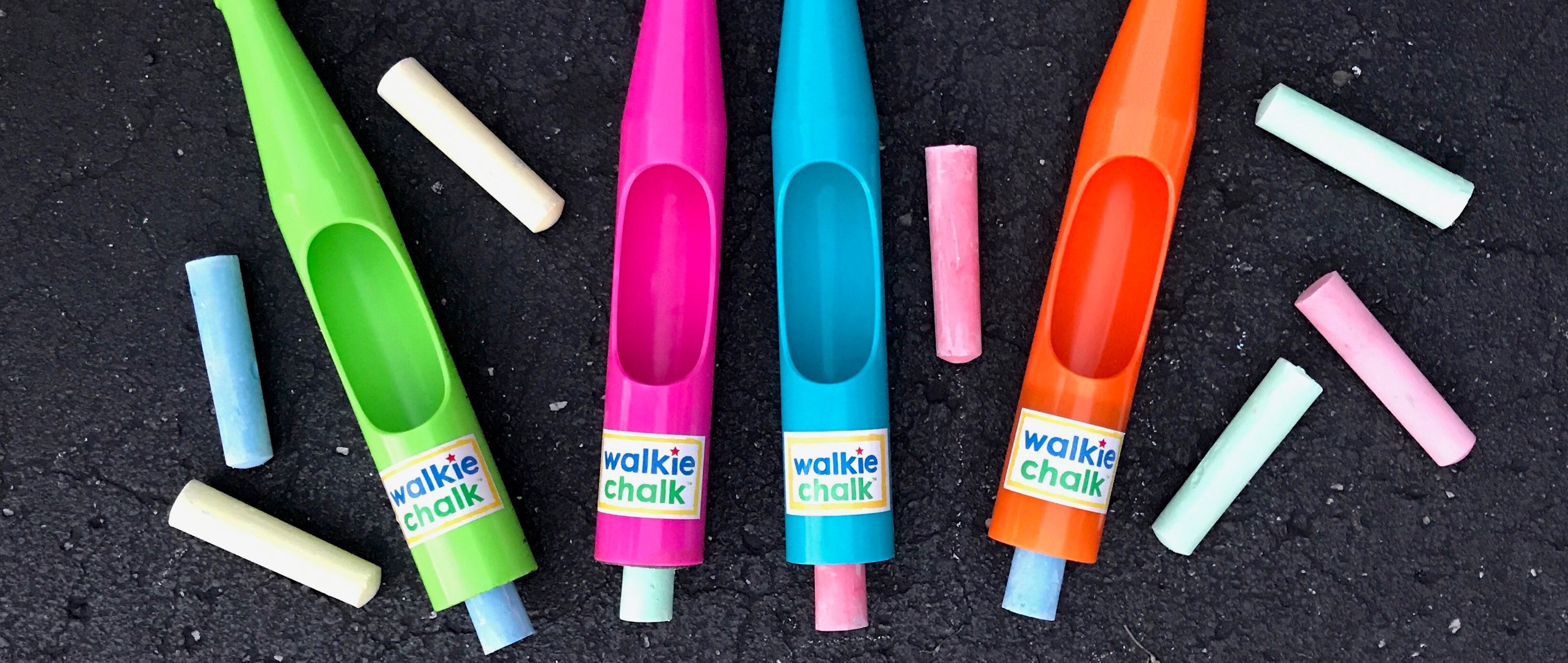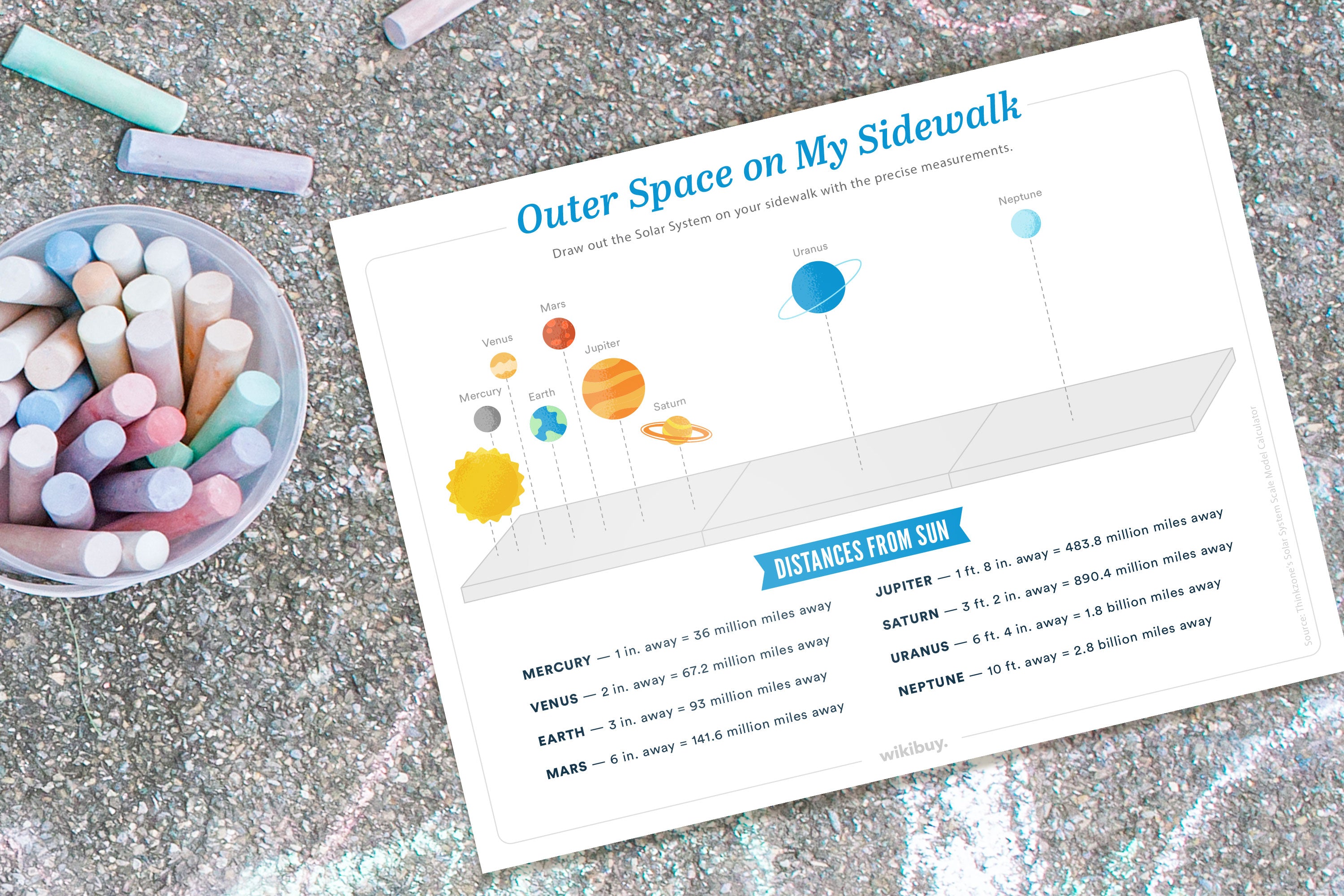Blog — Outdoor Activities
Beyond the Bell: How Parents Can Fuel Learning Outside the Classroom
From the moment school lets out, a new kind of classroom opens—one with messy kitchens, backyard chalkboards, and bedtime books read under the covers. It’s in these spaces that learning often deepens, fueled by rhythm, curiosity, and the subtle power of parental presence. Whether your child is building sentences, solving puzzles, or chasing frogs in the garden, your role isn't to replicate school—it's to layer experience with meaning. Let’s explore how to do just that.
Read Aloud Together
There’s a certain kind of magic in a parent’s voice—especially when it’s narrating the mischief of a storybook fox or the wonder of a distant planet. Reading aloud doesn’t just create bonding moments; it actively builds vocabulary and comprehension. But don’t treat it like a chore or a skill drill. Follow your child’s giggles. Linger on funny words. Re-read the same book five nights in a row if they beg you to. The predictability and sound of your voice weaves safety into complexity. And it teaches them that books are places to return, not just things to finish.
Create With AI, Not Just Watch
For older kids and teens, creativity and technology can be fused in thrilling ways. Using an AI video generator for education, kids can turn stories into short films—transforming language arts into screenwriting, or social studies into documentary making. It’s not just screen time—it’s synthesis. When they animate ideas, they take ownership of them. Don’t worry if the video is glitchy. The point isn’t perfection—it’s practice. Storytelling, sequencing, editing, perspective—those are the real subjects being studied.
Walkie Chalk Sidewalk Stories
Some of the best lessons aren’t found in textbooks—they’re drawn on sidewalks. With something as simple as Walkie Chalk, kids can turn driveways into giant canvases. One moment they’re tracing letters. The next, they’re diagramming their dream playground or building a backyard treasure map. The upright chalk tool gives them independence, physical engagement, and room to dream big. Learning to write becomes an act of movement. Spelling becomes storytelling. And you? You just handed them a tool and made room.
Homework Routine Matters
Evenings can go sideways fast. One lost folder, one skipped snack, and suddenly everyone’s melting. That’s where routine comes in. A consistent after-school rhythm of structured schedules ease focus without turning your living room into a second-grade classroom. Find your groove—maybe it’s 30 minutes of downtime, then a snack, then a calm place to tackle homework. Use timers. Turn off the TV. Keep supplies within reach. The more predictable the flow, the fewer battles you’ll fight. Kids don’t need school at home—they need a home that respects the work school asks of them.
Ask Open‑Ended Questions
“How was your day?” dies on the vine. Try this instead: “What was something weird that happened today?” or “If your math worksheet had a theme song, what would it be?” Questions that spark curiosity through deep questions invite storytelling, pattern recognition, and synthesis—all skills they’re building at school. But these questions work because they’re playful, not probing. You’re not testing them. You’re giving them a stage. And when they talk, don’t interrupt. Let the pauses breathe. That silence? It’s thinking in real time.
Learning Through Games
Game night isn’t just fun—it’s formative. From Uno to Scrabble to made-up board games with glitter glue, games combine fun with executive functions. Kids learn to plan, hold rules in their head, shift strategies, and stay flexible under pressure. That’s the backbone of problem-solving, and it transfers to everything—from math tests to friendship dramas. So skip the flash cards for once. Deal the cards. Roll the dice. Let losing teach them grace and winning teach them generosity.
Parent‑Led STEM at Home
You don’t need a PhD to be your kid’s favorite science teacher. Start simple: mix baking soda and vinegar, grow beans in a jar, or design a paper plane contest. What matters isn’t the content—it’s the habit of tinkering. And with a bit of structure, you can reinforce classroom STEM at home in ways that feel like play. Make a mini weather station. Track moon phases on the fridge. Or let them teach you something they learned. When you show interest, you model that learning never stops.
Supporting your child’s learning doesn’t require reinventing yourself. You’re not trying to be their teacher—you’re just keeping the soil fertile between school bells. You read to them not to prep for a test, but to let language wrap around their brains like a warm blanket. You ask weird questions, make silly sidewalk art, and yes, even let them mess with AI tools—because you know that learning sticks best when it’s wrapped in delight. So let the classroom fade for a while. The bell has rung. Now the real lessons begin.
Discover a new way to play with Walkie Chalk – the perfect outdoor toy for all ages that lets you create big, colorful art without the mess. Join our mailing list for exclusive deals and updates!

Encouraging Children to Thrive Through Creative Wellness
Encouraging Children to Thrive Through Creative Wellness
Nurturing Healthy Habits: Empowering Kids to Make Positive Choices - By Lillian Brooks
(Guest blog post by our great friend Lillian Brooks - with LearningDisabilities.info which was created to offer information and understanding to parents of children with learning disabilities, as well as adults who are in need of continued support to succeed.
Enjoy!
Creating a healthy lifestyle for our children is incredibly important. As parents and caregivers, your support, knowledge, and resources help kids understand the importance of their health early on. This support is key to developing healthy habits that will last them a lifetime. Your efforts teach them to care for their well-being, ensuring a happier future. This shows just how vital your role is in their healthy development. In this article from Walkie Chalk, we will explore various approaches aimed at supporting the development of healthy habits.
Encouraging the Joy of Movement
The foundation of a healthy lifestyle begins with discovering activities that not only bring pleasure but also promote physical well-being. Encouraging children to sample a variety of pursuits—from sports and dancing to hiking and painting—helps them uncover passions that encourage regular exercise. It’s vital to convey that being active transcends physical health benefits; it also plays a significant role in enhancing mood and managing stress. This holistic approach to physical activity is essential for fostering a lasting appreciation for staying active.
Supporting Outdoor Play
Supporting and encouraging children's outdoor playtime is essential for their physical and mental well-being. Engaging in outdoor activities fosters creativity, promotes physical exercise, and encourages social interaction. Introducing tools like Walkie Chalk adds an extra layer of fun and creativity to their playtime experiences. Walkie Chalk allows children to stand up and draw, unleashing their imagination and enabling them to create vibrant sidewalk art or design imaginative games.
Focus on Education
As adults, we can model the pursuit of dreams by continuing our own education, even amidst busy schedules and responsibilities. Pursuing an online degree offers the flexibility to balance personal and professional commitments while working towards career advancement. For instance, if you're a nurse, obtaining an online RN BSN degree not only enhances your skills but also elevates patient care and opens doors to new opportunities in healthcare. By investing in education, both for ourselves and our children, we empower future generations to reach their full potential and contribute meaningfully to society.
Promoting a Healthy Self-Image
In today’s media-saturated environment, children are bombarded with images and messages that can distort their perception of body image. Combatting this influence requires fostering an atmosphere of body positivity at home. Open discussions about the variety of body shapes and the often unrealistic portrayals in the media are crucial. By encouraging children to accept and love their bodies, you’re helping them build resilience against negative external pressures and promoting a willingness to engage in beneficial activities.
Cultivating a Curiosity for Nutritious Eating
Involving children in the kitchen not only makes meal preparation a shared adventure but also sparks their curiosity about nutritious foods. By engaging them in selecting and preparing meals, you turn nutrition into an exciting, hands-on learning experience. This approach not only demystifies healthy eating but also equips children with the knowledge and skills to make beneficial food choices independently.
Applauding Healthy Lifestyle Decisions
Recognizing and celebrating when children make healthy choices plays a pivotal role in reinforcing these behaviors. Whether opting for a wholesome snack or choosing outdoor play over screen time, your positive reinforcement underscores the value of these decisions. Celebrating these moments encourages a continuous commitment to healthful living, fostering an environment where making healthy choices becomes second nature.
Being Mindful of Caffeine
It's crucial to caution children about the potential dangers of excessive caffeine consumption. While a little caffeine can provide a temporary energy boost, too much can lead to adverse effects like anxiety, insomnia, rapid heart rate, and high blood pressure, which can negatively impact their health and well-being. Encourage them to be mindful of their caffeine intake and to opt for healthier beverage choices. It's helpful to look up the caffeine content of drinks online to make informed decisions about what they consume, avoiding heavily caffeinated options like espresso, particularly for young individuals whose bodies may be more sensitive to its effects.
Enhancing Daily Meals with Nutritional Choices
Actively improving the nutritional content of meals is a pivotal strategy in fostering healthy habits among children. By carefully incorporating a diverse array of fruits, vegetables, whole grains, and lean proteins into daily meals, parents and caregivers can play a crucial role in shaping their children's dietary preferences. It's not just about the variety but also how these nutritious options are presented; making them visually appealing and tasty enhances their attractiveness to young palates.
Furthermore, ensuring that a range of healthy snacks is readily available, while simultaneously reducing the accessibility of processed and sugary treats, naturally guides children towards making healthier eating choices. This approach not only educates them on the importance of good nutrition but also empowers them to develop a lifelong appreciation for foods that nourish their bodies.
The importance of empowering children to make healthy choices cannot be understated. Your unwavering support, guidance, and exemplary behavior are invaluable in creating a supportive environment that celebrates wellness, encourages positive reinforcement, and facilitates personal development. By laying this foundation, you equip your children with the tools necessary for a lifetime of healthful habits, ensuring their well-being now and in the future.

5 Ways to Get Children with Learning Disabilities Involved with the Arts
Guest Author: Lillian Brooks
If your child has learning disabilities, it’s essential to encourage them to participate in the arts. The arts can improve communication skills, grow self-confidence, and increase fitness levels. Here, the creativity experts at Walkie Chalk present five of the best options for children with learning disabilities.
1. Music
Participating in a music class or learning a musical instrument requires complete focus. As a result, music is ideal for relieving stress, teaching your children to concentrate, and helping them gain a creative outlet.
In addition, a recent survey produced by AARP found music listeners had higher scores for mental well-being, higher levels of happiness, and better cognitive function. In fact, sixty-eight percent of parents that introduced their children to music rated their child’s ability to learn new things as very good or excellent. However, this was only 50% for parents who hadn’t exposed their children to music.
2. Acting
Transferring energy to performing arts can be helpful to an active child, and acting is one of the best options. Your children can gain confidence, a sense of achievement, teamwork skills, and multiple creative skills from acting.
In addition, acting can boost your child’s communication skills. Around 86% of employees state poor communication is the main reason for workplace failures. Therefore, you should promote your child’s communication skills at a young age.
3. Painting and Drawing
Children often enjoy drawing things; when we become adults, we often stop drawing due to our busy adult lives. But drawing can relieve stress and anxiety in adults, so it’s a shame most adults forget about their painting passions.
With that said, painting is excellent for children. It helps them build confidence, develop problem-solving skills, create a shared learning experience, increase brain development, enhance senses, explore color, and convey individual ideas.
You and your child can also get outside to draw using Walkie Chalk. This fun modification to classic chalk drawing makes it easier for adults to play along. Plus, kids with sensory challenges can enjoy drawing without getting chalk on their fingers!
4. Dancing
Young children have so much energy, and dancing is one of the best ways to focus that energy. Dancing can enhance creativity, encourage socialization, increase cognitive development, and boost emotional development.
Dancing is also excellent for helping your child’s physical fitness. It improves their flexibility, overall balance, coordination, muscular strength, heart and lung condition, and spatial awareness.
5. Crafting
You’ll struggle to find a better creative outlet for your children than crafting. It can improve self-confidence, reduce overall stress, decrease anxiety, raise a child’s focus, and grow emotional development.
Crafting is also superb for teaching colors and shapes, encouraging critical thinking, building resilience, and increasing pattern recognition.
Design an Arts Room
By creating an arts room in your home, you and your children can explore the world of art in a comfortable and familiar setting. When designing your arts room, be sure to include plenty of storage for all of your supplies. And be sure to leave plenty of open space for painting, drawing, or whatever other creative pursuits you enjoy.
Not only will an arts room make your home more attractive to potential buyers, but it will also give you and your children a place to relax and express yourself. Keep track of any upgrades by keeping receipts and taking before-and-after photos because this new addition may be a valuable selling feature when you eventually choose to list your house and move.
Start Teaching Children Yourself
Teaching children is incredibly rewarding. You may find a passion for teaching children arts and crafts when you share the benefits with your children. If so, consider teaching your arts and crafts lessons to children of all ages and backgrounds.
You can work as a self-employed teacher, but consider registering your new teaching business as a limited liability company. It’ll offer you more flexibility, less paperwork, and various tax benefits. If you’re not sure how to start an LLC, use a formation service to avoid costly legal fees.
Get Children Involved in the Arts Today
While the arts are great for helping everyone to get in touch with their own creativity, they can be especially fantastic for children with learning difficulties because they give them an outlet in a world that otherwise doesn’t always seem to take their feelings and perspectives into consideration. You may even decide to start your own business teaching art to children!

The Benefits of the Arts and How to Get Involved
If you want to help expand the mind of your child then you should consider infusing the arts into their lives. By playing music, painting pictures, and expressing themselves artistically, kids can have more fulfilled lives and you never know where the hobby could take them!
How To Create A Chalk Solar System On Your Sidewalk
Today we have a Guest Blog from our good friend, Matt Zdun - enjoy!
-----
As you scrape the bottom of the barrel looking for at-home activities to keep your kids entertained this summer, why not try bringing outer space to your sidewalk?
The recent SpaceX launch during the coronavirus pandemic taught us that we’re all pretty fascinated with space exploration, and we all could use a little distraction these days. If your kids love space, and they love chalk, they’ll love this fun and educational activity.
How to set it up
All you need is about 10 feet of sidewalk. In that 10 feet, you can create a solar system that is about 1.5 trillion times smaller than the actual solar system.
Start by tracing out the sun in yellow chalk. Then, using your tape measure or smartphone measuring app, trace out Mercury one inch away, Venus two inches away, Earth three inches away, and so on all the way up to Uranus about six feet away and Neptune 10 feet away.
Make it a fun learning experience
Be sure to write the names of the planets and the actual distances they are from the sun. This is a great way for your kids to visualize the scale of the solar system and get a feel for where the planets are.
Also be sure to draw the relative sizes of the planets correctly for the most accurate sidewalk chalk model. (For example, Jupiter should be a lot bigger than Mercury and Venus.)
Download this fun outer space chalk printable, as well as other free staycation ideas, provided by the team at Wikibuy.
